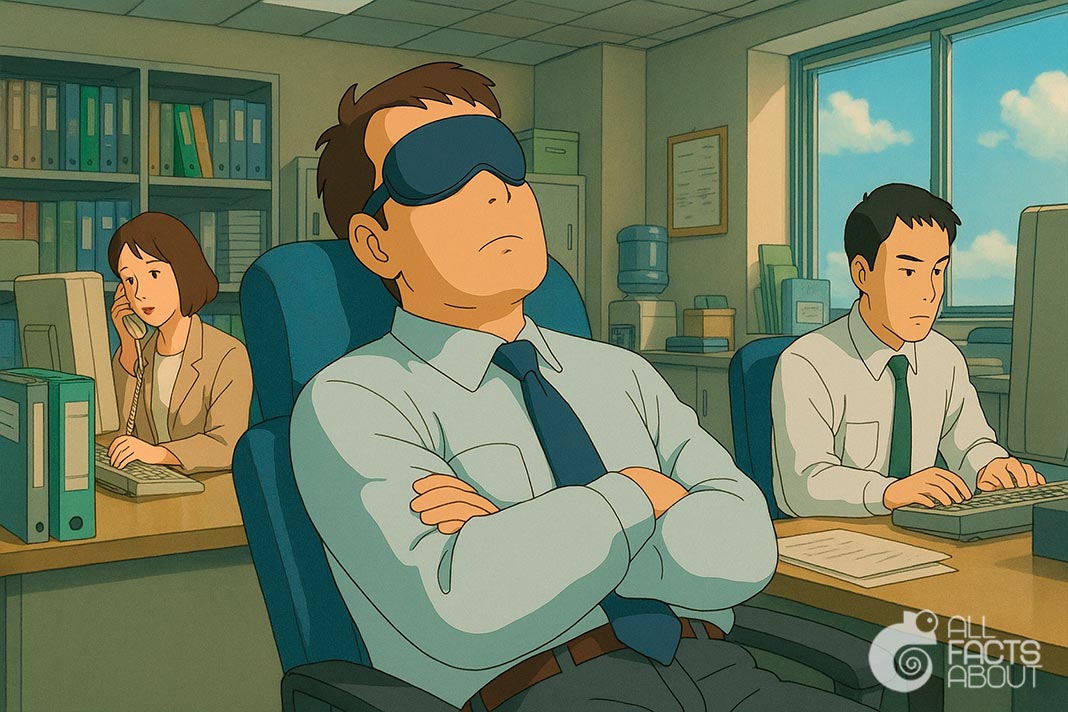Many studies are devoted to such an amazing phenomenon as a dream. Today we can say with confidence that dreams are a bright reflection of our subconscious. We have put together some interesting facts about sleep.
1. Long-term lack of sleep has a very negative impact on our physical and mental health. Sleep deprivation has often been used as a method of torture. A person without sleep can live up to ten days.
2. Cats spend two-thirds of their lives asleep. This means that a cat sleeping 16 hours a day will spend nearly 10 years asleep if it lives for 15 years. Kittens and older cats tend to sleep even more.
3. Lack of sleep can cause symptoms similar to alcohol intoxication – memory disorders, a decrease in reaction, irritability. After three days without sleep, paranoia, language problems, auditory and visual hallucinations may occur.
4. Giraffes only need 5 to 30 minutes of sleep at a time. Although they sleep around 4 to 5 hours a day in total, these hours are split into short naps throughout the day. Their brief sleep periods help them stay alert to potential predators.
5. During sleep, the brain of whales and dolphins sleeps halfway. In order not to fall prey to predators, or to drown, while one part of the brain is fully functioning, the other is resting. Also interesting is that dolphins sleep with one opposite eye open.
6. Sea otters often sleep floating on their backs in the water and hold paws to avoid drifting apart. Sometimes, they wrap themselves in kelp to anchor in place while resting.

Sea otters sleeping on their backs, holding paws.
8. Even the blind person from birth can “see dreams”. Of course, they can’t see the pictures, but they can have dreams where it’s all smell, hearing and some gustatory (taste).
9. Often in the dream, we see strangers, but our subconscious never invents new faces. In fact, we see real faces of real people.
10. People say that when someone snore they do not see dreams, but there is no scientific evidence for this theory.
11. Not always after waking up we can say with certainty that we have seen black and white or color dreams. According to scientists, not all dreams are colored, and more than 10% of people, in general, see only black and white dreams.
12. In China, the concept of “wushyo” (午休) — an afternoon rest or nap — is widely accepted, especially among schoolchildren and office workers. Many workplaces even allow short nap breaks after lunch to boost productivity and focus.
13. In Mediterranean countries, a midday nap — the “siesta” — is a normal, healthy part of the day. In Japan, short naps at work, known as “inemuri,” are even seen as a sign of dedication and hard work, not laziness.

Inemuri – a Japanese custom of short naps in public, on transit or work.
15. In a dream, people can walk and talk, but it is impossible to sneeze.
16. Sleeping burns more calories than you might think. Your body uses energy to maintain functions like breathing and circulation. On average, you burn 50–70 calories per hour, depending on weight and metabolism. But sleep alone still won't solve the problem of obesity.
17. The drug “Morphine” was named after the Greek god of dreams, Morpheus.
18. Within just five minutes of waking up, we forget half of what we dreamed. After ten minutes, up to 90% of dream content is gone.




